
The UK's Medicines and Healthcare products Regulatory Agency has launched a new anticounterfeiting strategy with the aim of curbing the occurrence of falsified medicines in the county's supply chain.

The UK's Medicines and Healthcare products Regulatory Agency has launched a new anticounterfeiting strategy with the aim of curbing the occurrence of falsified medicines in the county's supply chain.
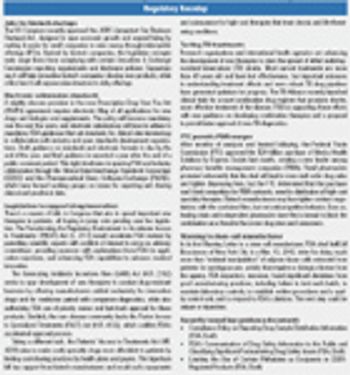
Manufacturers seek clear path to develop safe-use approaches for more risky OTC therapies.

Future sponsor-contract provider relationships will require more integration.
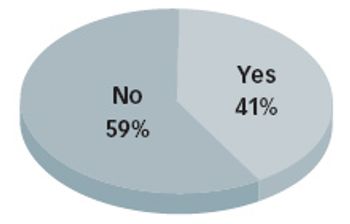
Featuring expert insights from GSK Biologicals, Baxter Pharmaceutical Solutions, GEA Pharma Systems, and more.

How to handle and respond to a consent decree.

The European Commission is offering a EUR 2-million ($2.64 million) inducement prize to encourage innovation in the area of cold-chain logistics and vaccine stability.

Better news about the global economy buoys life-sciences funding.

FDA has created a dedicated cadre of foreign drug investigators and established permanent offices worldwide.

Soaring opioid use creates challenges for new drug development and supply-chain control.

A closer look at elastomer changeout times provides one example of using industry knowledge to improve operations and cost.
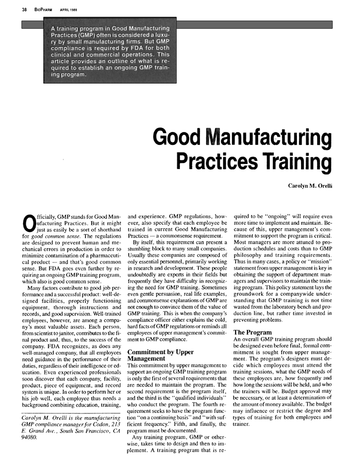
This month, we rewind to an article titled "Good Manufacturing Practices Training."

The confluence of science, technology, and regulation will provide our industry with the guidance to move forward.

The author describes an equation that can be used to define the Quality relationship between a contract manufacturing organization and a client, including how to factor in both party's needs and regulatory commitments.
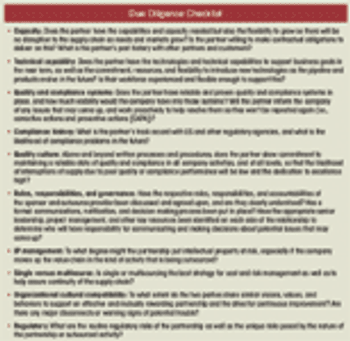
Outsourcing in the pharmaceutical industry, until recently, has been largely confined to commercial manufacturing, packaging, and support for clinical trials.

Challenges of vaccine development include regulatory, technical, and manufacturing hurdles in translating a vaccine candidate into a commercial product.

Because of the complexity of the manufacturing processes for biologics, transfer of these processes to a contract manufacturer presents challenges.

Does global development have to entail multiple comparability studies?
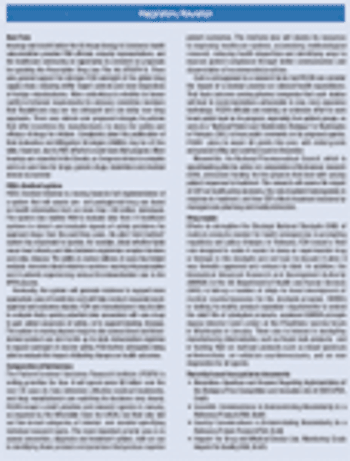
Social media use raises questions about applying old standards to new information technology.

Key business considerations when developing biosimilar products virtually.

Has the long-awaited guidance answered all of the industry's questions?
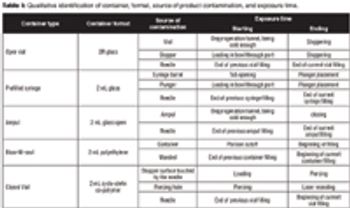
The authors compare the exposure risk from viable particles from the air supply in four well-established aseptic filling technologies.

Focusing on how risk affects the entire organization can improve the business bottom line.

Key technical considerations when developing a clinical project in the biotech world.

During this podcast, we will discuss the causes and implications of Adventitious Agent Contamination for pharmaceutical and biopharmaceutical manufacturers. We will discuss ways in which Lancaster Laboratories is helping manufacturers minimize the risk for this contamination to avoid production delays.

When a pharmaceutical supply chain is compromised, there can be disastrous consequences, not only for consumers, but also for manufacturers. Without comprehensive security measures, pharmaceuticals are susceptible to counterfeit, diversion, dilution, tampering and deliberate contamination ultimately compromising patient safety.